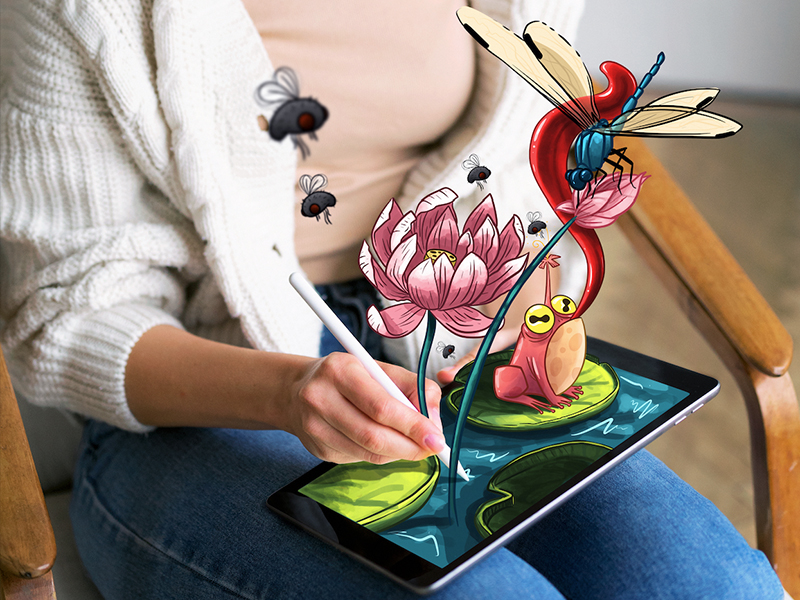Over the past two years, Adobe has been steadily integrating generative AI into its suite of programs—from Photoshop to InDesign and everything in between. AI is no longer a distant concept; it’s now a core tool in the modern designer’s arsenal. And it’s not just a passing trend. From X to Instagram, AI-generated artwork is everywhere. At the same time, traditional artists, graphic design firms, creative directors, and photographers are questioning how this rapid evolution fits into their creative process.
In truth, AI has always had a subtle presence in design workflows—from Photoshop’s action recording tools in the early 2000s to web-based code generators that taught aspiring designers the basics of HTML. So what’s changed, and why is AI at the center of creative debate now?
Let’s start by understanding what AI in art really means.
AI-generated art refers to visuals created with the assistance of artificial intelligence. At its core, AI is a branch of computer science focused on building machines and software that mimic human intelligence through complex algorithms. To generate AI artwork, artists use these algorithms to analyze vast datasets of online imagery, allowing the software to learn the patterns, aesthetics, and structures behind compelling visuals.
AI artists guide these tools by setting specific parameters—style, content, subject matter—giving the software direction while allowing it to interpret and generate new, unique outputs.
While early tools like Midjourney and ChatGPT opened the floodgates, Adobe has since taken the lead by embedding AI prompts into its Creative Cloud applications. The launch of Adobe Firefly, a prompt-based AI tool that creates stunning images in minutes, marks a major shift. What used to take hours of conceptual sketching and layout iterations can now happen in moments.
So, where does this leave the professional designer?
At Top Shelf Design, a women-owned graphic design and web development firm based in Washington D.C., the answer is clear: when the calculator made math faster and more accessible, mathematics didn’t become irrelevant—it became more advanced. The same goes for design. AI doesn’t diminish the role of the brand and logo designer—it raises the bar and allows our team to succeed and produce at unparalleled heights.
As artists, creative directors, and brand leaders, we must embrace AI not as a shortcut, but as a springboard. Let AI handle the expected, the basic, and the repetitive—so we can focus on creating work that’s exceptional, emotionally resonant, and strategically brilliant.
The future of design isn’t machine-made. It’s human-led, AI-powered, and results-driven. At Top Shelf Design, we don’t just keep up with innovation—we lead with it. Let us help you elevate your brand with creativity that’s bold, intelligent, and unmistakably original.

